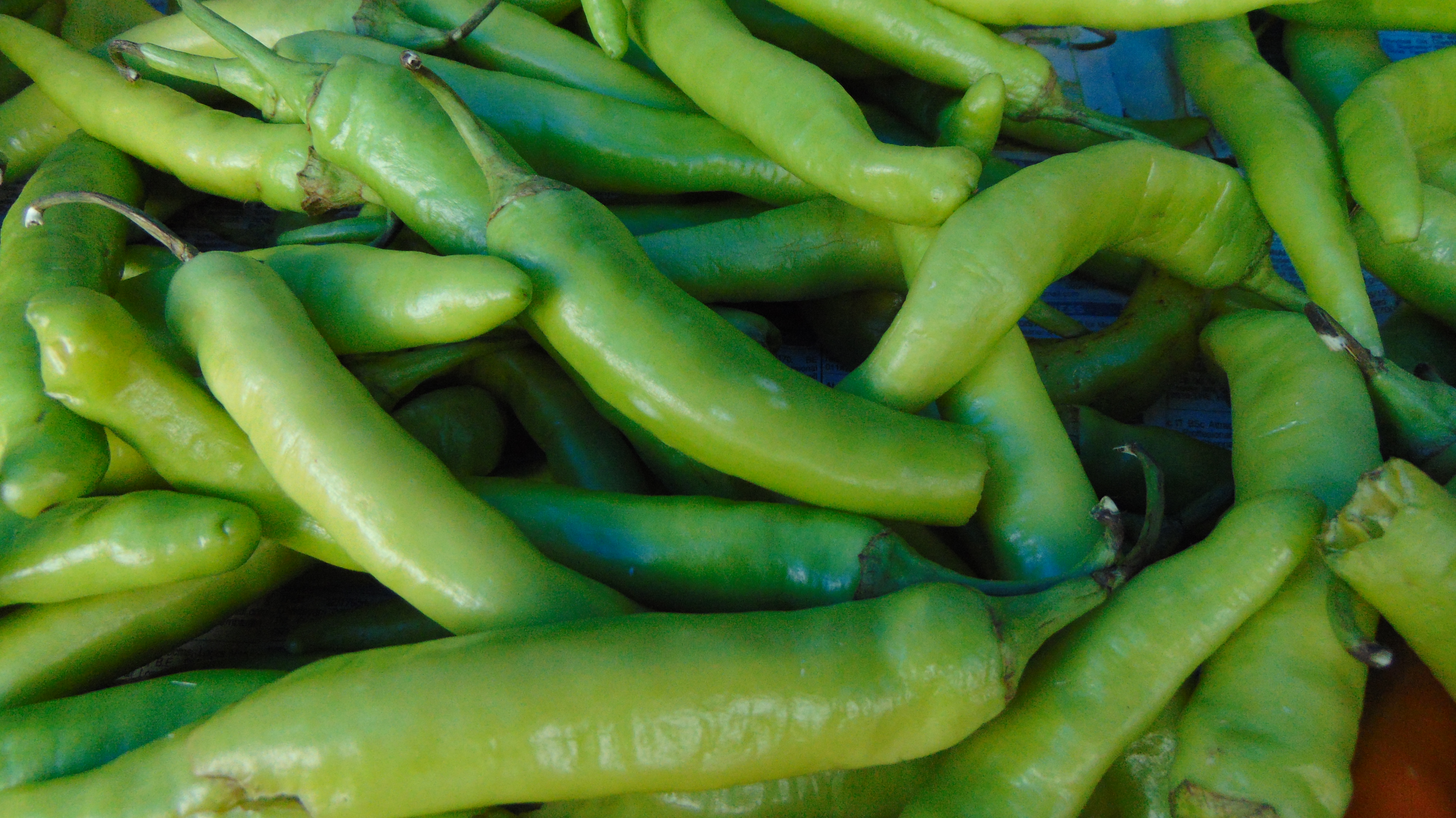Description
Chilli is a spicy fruit used in cuisine preparations. It is mostly added as an ingredient in foods to make it spicy. Apart from this, chilies also possess medicinal properties. In Sri Lanka, green chilies are an essential ingredient in many traditional dishes and are often used fresh or in dried form.
Planting requirements
Planting season: Can be cultivated all year round under controlled conditions. Recommended planting sesasons: April to Early May and Late October to Mid November.
Planting conditions:
| Propagation | Seeds |
|---|---|
| Planting method | Grow in seed trays, and plant the seedlings in 4-6 weeks. Better to plant them on beds for better root growth and also protection from stagnant water |
| Soil | Can be grown in a range of soil though sandy loamy soil is preferred due to its good drainage properties. Needs a soil pH between 6.5 and 7.5 (neutral soil) |
| Water | Chilies cannot withstand heavy moisture and hence irrigation should be given when necessary. Water regularly, but avoid overwatering to prevent root rot |
| Light | Requires at least 8 hours of sunlight per day |
Growing conditions:
| Temperatures | Optimal daytime temperature is around 21-27°C |
|---|---|
| Soil | Land should be prepared by ploughing and mixing compost about 15-20 days before sowing. Soil should be well-prepared with plenty of organic matter |
| Water | Proper irrigation will also improve flowering and fruit setting. Therefore, it is better to irrigate based on the water-holding capacity of the soil as well as the type of soil. Water deeply once a week, allowing the top inch of soil to dry out between waterings |
| Pruning | Prune plants in late winter or early spring to encourage bushier growth and remove any dead or diseased foliage |
| Weeding | Whenever possible, keep the plantation free of weeds |
Harvesting
Harvest after 70-80 days after planting.
Curing
Green chili does not require a curing stage.
Storage
Green chili can be stored in the refrigerator for 2 to 3 weeks.
Protecting your plants
Pest control
Pest type:
- Aphids
- Thrips
- Mites
- Whiteflies
Symptoms:
- Aphids, Thrips, Mites: Suck the sap of chili plants, causing leaf wilting and potential virus transmission.
- Whiteflies: Transmit leaf curl virus, causing leaf yellowing, curling, and stunted plant growth.
Control method:
- Remove weeds in and around the field.
- Use water sprays to dislodge insects.
- Apply recommended insecticides as needed, typically 5-7 times during the crop's life.
- Plant 2-3 rows of crops like maize or sorghum as cover crops around the chili plantation.
- Use coconut fronds or insect-resistant nets as a protective cover.
Disease Control
Disease type:
- Anthracnose (Colletrotrichum capsici)
- Leaf spot disease (Cercospora capsici)
- Root rot (Sclerotium fungus)
- Shoot rot disease (Choanephora fungus)
- Powdery mildew (Oidiopies fungi)
- Bacterial wilt (Pseudomonas solaniarum)
- Viral diseases (Cucumber Mosaic Virus, Chilli Veinal Mottle Virus, Tomato spotted wilt virus)
Symptoms:
- Anthracnose: Greyish-brown, sunken scars on pods. Black dot-like fungal spores appear on scars.
- Leaf spot disease: Circular brown spots with yellow grooves on leaves. Leaves turn yellow and drop prematurely.
- Root rot: Stem rotting at soil level, yellowing leaves, plant death.
- Shoot rot disease: Flower buds and flowers turn brownish black. Shoots die quickly from top to bottom.
- Powdery mildew: Yellow spots on the leaf surface, turning brown. White powdery spores on leaf underside.
- Bacterial wilt: Immediate plant wilting, root, and stem rot, stem discoloration.
- Viral diseases: Various symptoms including leaf discoloration, malformation, stunted growth, and reduced yield.
Management:
- Anthracnose: Select seeds from healthy plants, treat seeds with fungicides, and apply fungicides during cultivation.
- Leaf spot disease: Keep fields clean, and follow anthracnose control instructions.
- Root rot: Disinfect nursery beds, remove diseased plants, improve drainage.
- Shoot rot disease: Remove and destroy diseased shoots, apply fungicides.
- Powdery mildew: Maintain crop well, apply fungicides after disease occurrence.
- Bacterial wilt: Remove dead plants with the surrounding soil, improve drainage, and practice crop rotation.
- Viral diseases: Control insect vectors, remove weeds, avoid planting with susceptible crops, and use resistant varieties.
For all diseases:
- Use high-quality seeds and recommended nursery methods.
- Keep fields and surroundings free of weeds.
